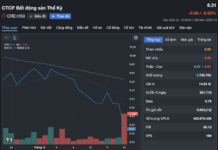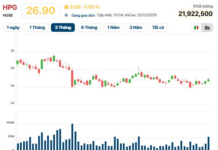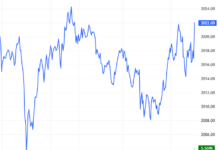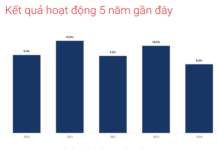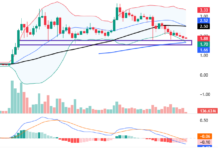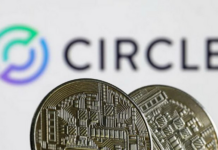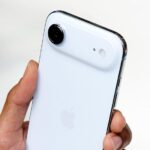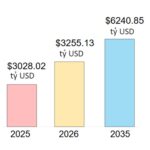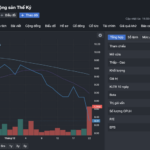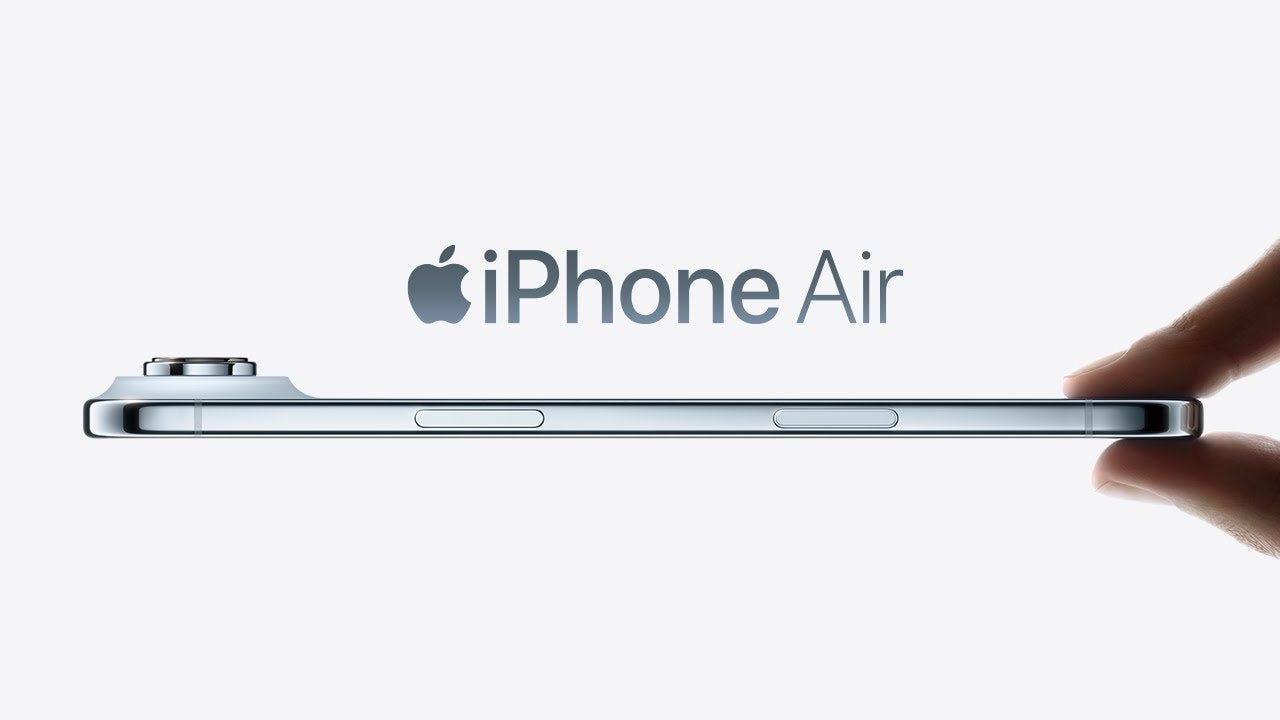
According to Nikkei Asian Review, Apple recently made a surprising move by drastically cutting production orders for the iPhone Air, nearly halting its manufacturing just weeks after its launch.
This unexpected decision highlights a harsh reality: what Apple touted as its “boldest iPhone in years” has become the weakest link in the iPhone 17 lineup.
A Design Out of Sync
When Apple unveiled the iPhone Air in September, it was hailed as a “revolutionary” device—just 5.6 mm thin, lighter than a pencil, and a testament to minimalist design philosophy. However, mere weeks after its release, particularly in markets outside China, the device’s sales stalled alarmingly.
Nikkei reports that Apple is slashing iPhone Air production orders to near-zero levels. The dream of “ultimate thinness” has quickly turned into a sales disappointment.
The iPhone Air isn’t a bad product; it embodies Apple’s technical prowess with a titanium frame, a 48-megapixel camera akin to the iPhone 17 Pro, and all-day battery life, positioning it firmly in the premium segment.
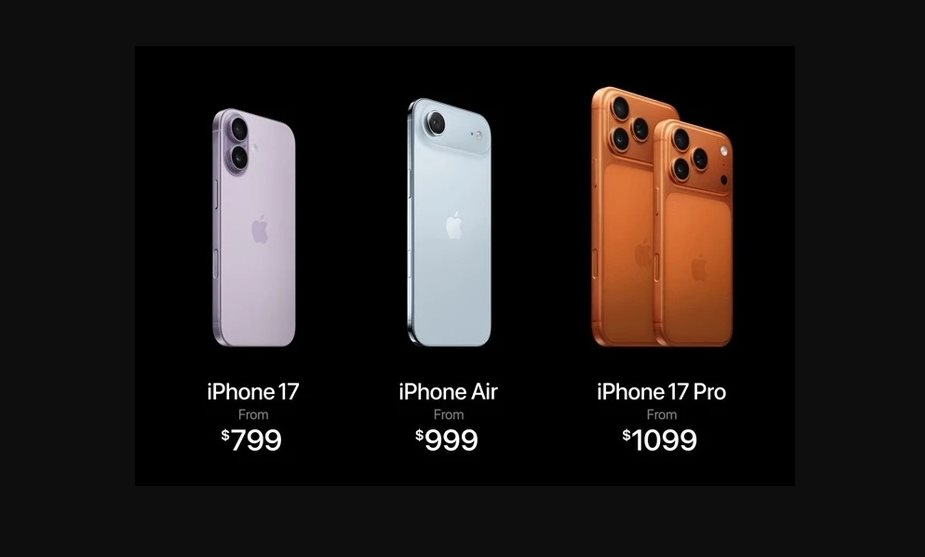
Yet, in 2025, consumers prioritize longer battery life, multi-lens cameras, and robust processing power for AI tasks or 8K video over thinness. While Apple clings to its “pure design” ethos, the market is shifting toward pragmatism amid economic uncertainty.
The iPhone Air’s failure isn’t just a marketing issue; it’s a value proposition problem. Priced similarly to Pro models, it forces users to accept compromises. To achieve its 5.6 mm thickness, Apple sacrificed battery life and, crucially, included only a single rear camera—a downgrade from the dual-camera setups on even base iPhone 17 models.
A KeyBanc Capital Markets survey found “virtually no demand” for the iPhone Air, with users unwilling to pay a premium for a thinner or foldable device. When faced with a choice between a slightly thinner phone and an iPhone 17 Pro offering two extra hours of battery life and superior cameras, the decision is clear.
Positioned as a “bridge” between the base and Pro models, the iPhone Air lacks a unique identity. While the iPhone 17 caters to mainstream needs at a lower price and the iPhone 17 Pro targets power users, the Air’s sleek design alone isn’t enough to justify its existence.
During its first six weeks, the iPhone Air remained “in stock” across all colors on Apple’s website, while iPhone 17 and 17 Pro buyers faced 2–3 week wait times. In China, where eSIM regulations delayed its launch, initial sales were promising but insufficient to offset global underperformance. Apple has since ordered suppliers to cut production to near-zero levels while boosting iPhone 17 output by 5 million units.
Despite the Air’s struggles, Apple maintains its 85–90 million unit target for the iPhone 17 lineup, thanks to strong sales of other models.
Fortune notes that the smartphone market has matured. Incremental improvements like thinness no longer drive explosive sales. Today’s consumers prioritize utility over aesthetics. The iPhone Air may be a technical marvel, but without standout AI features, battery life, or camera performance, it fails to justify an upgrade.
This challenge underscores Apple’s broader dilemma: balancing its design-driven brand identity with market demands for practical performance.

The Foldable iPhone Plan
Initially, the iPhone Air was seen as a strategic testbed for Apple’s first foldable iPhone, slated for 2026. However, if the Air fails to convince users to pay a premium for a design-focused device lacking features, market confidence in a pricier foldable model—likely with similar compromises—will suffer.
On the bright side, the Air’s failure could help Apple better understand the balance between extreme design and practical needs. Yet, from a business perspective, cutting production by 90% just two months post-launch is a significant blow, revealing that even Apple isn’t immune to market saturation.
While the iPhone Air falters, Apple celebrates booming sales of its traditional models. Strong demand for the base iPhone 17 (thanks to its 120 Hz display upgrade) and the Pro lineup has not only offset the Air’s losses but also allowed Apple to increase overall production forecasts.
This contrast highlights consumer loyalty to Apple—but only when products offer a balanced value proposition.
The iPhone Air’s failure is a lesson for Apple and the entire smartphone industry: design innovation must align with real-world utility. In a pragmatic market, even a “thinner than air” design can weigh heavily on a brand known for selling emotion as much as technology.
Sources: Nikkei, Fortune, BI
Unmissable Deal: Latest iPhone Now Slashed by Millions in Price!
Just one month after its release, the iPhone Air has seen a significant price drop across authorized dealers, a rare move for a newly launched Apple product.
“Expert Review: ‘I’ve Tested Every iPhone 17 Model This Year—Here’s the One I’d Never Buy’”
This doesn’t mean it’s a bad iPhone, and many will still love it. However, I wouldn’t personally recommend this particular model.











